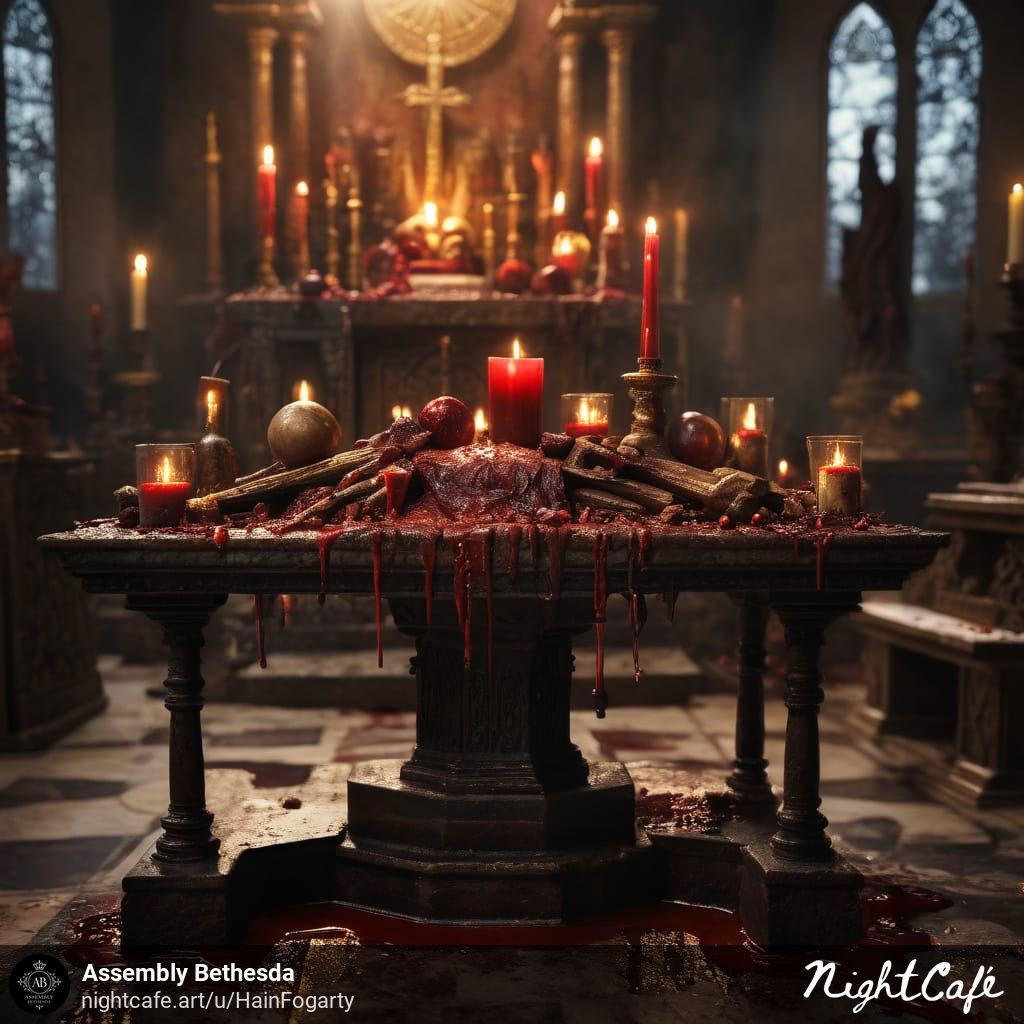The Millennial Reign is a 1,000-year period of Christ’s earthly rule described in Revelation 20:1–6. Despite being seen as a time of peace and righteousness after Christ returns, this period raises questions about sacrifices, especially since Ezekiel 40–48 shows a future temple in detail. Are these sacrifices literal or symbolic?
The vision of Ezekiel outlines a grand temple called the “Millennial Temple,” which has a restored sacrificial system. For those who hold a premillennial view, this suggests a literal return to animal sacrifices during the Millennium. Priests from the line of Zadok offer sin, burnt, and peace sacrifices.
Since Christ’s death is the final, sufficient sacrifice (Hebrews 10:10–18), these sacrifices don’t atone for sin, but serve as a memorial, they say. As with the Lord’s Supper today, these offerings could remind believers of Christ’s work, teaching future generations about sin and God’s holiness. As an alternative, they’d make sure ceremonial purity was maintained in a theocratic kingdom where mortals and saints coexist.
However, this literal interpretation faces challenges. The New Testament emphasizes that Jesus’ sacrifice abolished and fulfilled the Old Testament system. Why, then, would God reinstate sacrifices? Critics think it undermines the sufficiency of the cross. But supporters say these sacrifices serve a distinct purpose for a restored Israel under Christ’s rule, maybe cultural or instructional.
Passages like Isaiah 56:7 talk about God’s house as a “house of prayer for all nations,” potentially implying a blend of Jewish practice and universal worship.
It’s common for amillennialists and post-millennialists to take a symbolic approach. According to this view, the sacrifices represent Christ’s redemptive work, not literal blood offerings, but a metaphor for spiritual realities. As in the New Testament, physical sacrifices are replaced with spiritual sacrifices (Romans 12:1, Hebrews 13:15), like offering praise or surrendering your life. These theologans believe reinstating animal sacrifices contradicts biblical theology.
In the case of literal sacrifices, who participates? Some say that the sacrifices are for Israel, restoring their land and covenant role. Others see Gentiles included, given the Millennium’s universal scope. Since Scripture doesn’t explicitly clarify the purpose. Whether it’s the commemorative, cleansing, or instruction. Until then, all we can do is speculate.
The debate hinges on harmonizing Ezekiel’s vision with the New Testament’s finality of Christ’s atonement. While literal sacrifices are a tangible link to Israel’s heritage, symbolic interpretations keep the cross in perspective. While the details of the Millennial Reign are still a bit hazy, it’s clear that this kingdom will glorify Jesus, whether through literal altars or spiritual worship.

